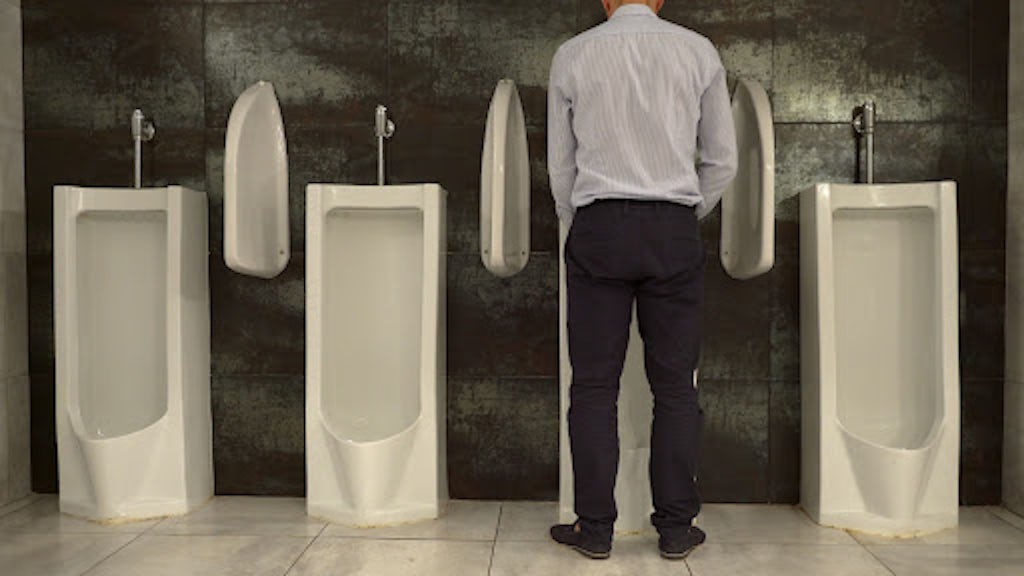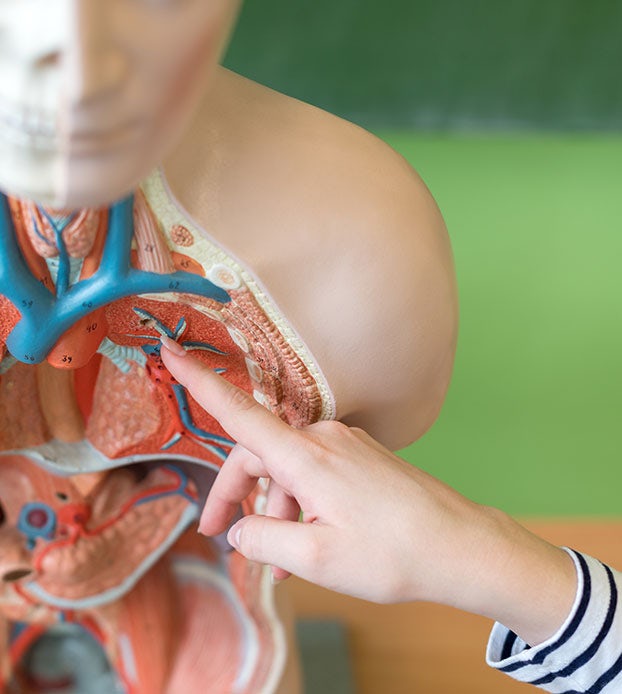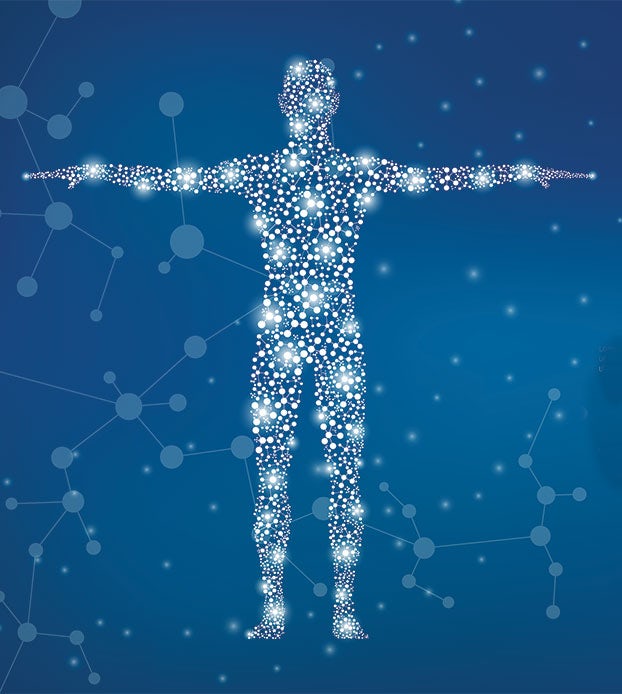Have you ever laughed so hard you peed your pants? Ever laughed so hard and peed your pants while “high”?
Dealing with unprompted urinary issues can be distressing and embarrassing. Studies demonstrate that cannabis and its cannabinoid constituents have an implication on human urinary function. We now know there exist a plethora of receptors within the endocannabinoid system that are directly involved with nervous system function as well as urination. Micturition is the medical term used to describe the process of urine released from the bladder through the urethra to the outside of the body, called urination or peeing.
The effects of cannabis on micturition are complex with many factors at play. The common understanding is that every individual has a separate and different reaction to cannabinoid-based therapy, the same is true with how it might influence individual urinary symptoms. Varied personal accounts of cannabis consumption causing a wide range of urinary effects have included but are not limited to: being unable to pee while feeling a strong urge to pee, peeing caused by laughter, and multiple sclerosis patients learning their cannabis medication also helps reduce the number of times they have to run to the bathroom. 1 2 3 4
Does cannabis reduce inflammation and improve bladder control?
Components of the endocannabinoid system, including cannabinoid (CB) receptor types 1 and 2, anandamide, and fatty acid amide hydrolase (FAAH) have been located in the urothelium (the lining of the urinary system), as well as within motor and sensory neurons of the urinary tract in various animals and humans.
Studies demonstrate inconsistencies with which receptors trigger what effects, when, and in what type of mammalian model. Concluding evidence suggests components of the endocannabinoid system are in fact involved in the regulation of bladder function at several levels of the micturition pathway.
The overall effects appear to be a reduction in inflammation, sensory activity and bladder contractility, resulting in prolonged bladder emptying of varied significance (Hedlund, 2013). Prolonged bladder emptying due to cannabinoid supplementation might translate into a probable solution for various urinary conditions, or may worsen conditions in which the bladder is already struggling to release urine.
Is cannabis a help or a hinderance when it comes to the giggles?
According to the National Association of Incontinence, approximately 25 million Americans are suffering from episodes of involuntary loss of urine. The reasoning for such infliction is multifactorial but more common in women over the age of 50.
Muscles attached to the floor of our pelvis work to support the bladder, bowel, and in women, the uterus. As we age, or in the context of certain life events such as pregnancy or diseases such as obesity and diabetes, these muscles weaken and so does our intrinsic bladder support. With weakened support, the ability to contract the muscles around the urethra becomes more of a challenge. This challenge is tested when you cough, sneeze, pick up something too heavy or laugh too hard. The added stress on the bladder ends in a sneeze that now requires a change of underwear. 5
Mainstay initial treatment options for stress incontinence include pelvic muscle exercises (or Kegels), scheduled bathroom breaks, or modifications in fluid consumption. When incontinence is only preceded by excessive giggling with otherwise completely normal bladder function, the term is giggle incontinence.
Cannabis use in some individuals can cause excessive bouts of giggling and with giggle incontinence, can lead to the leaking of urine. If this only happened once while relatively stoned and after drinking a huge soda, it isn’t much to really worry about. If it seems to happen almost every time you use cannabis, it might be time to reduce the dosage or seek medical advice.
Giggle incontinence is thought to be caused by an imbalance of cholinergic and monoaminergic systems, both of which can be modulated by cannabis use. In that regard, it’s uncertain if cannabis helps or hinders symptoms, given its usage can lead to increased giggling but may modulate specific receptors to help control the unprompted release of urine.
There are multiple factors that affect urinary flow
If you find yourself frequently making a dramatic dash to the bathroom or waking up multiple times a night to pee, you might be suffering from overactive bladder syndrome. If you occasionally involuntarily release urine while en route, it is now referred to as overactive bladder with urge incontinence. Alterations in nerves and smooth muscle excitability might be to blame. When overactive bladder syndrome is primarily due to neurological misfires or a disruption in the bladder to brain communication, cannabis might have a role in altering the communication error. 6 7 8

Almost all patients affected with multiple sclerosis develop lower urinary tract symptoms including urinary urgency and urge incontinence.
An open-label pilot study of cannabis extracts for bladder dysfunction in patients with multiple sclerosis demonstrated a significant decrease in urinary symptoms including urgency, frequency, the number and volume of episodes of incontinence, as well as nightly awakenings to use the bathroom. 9
Preliminary studies with GW Pharmaceutical Sativex, a THC/CBD oromucosal spray, has shown to be effective in improving overactive bladder symptoms in patients with multiple sclerosis (Maniscalco, 2018). The positive effects of cannabinoids in patients with multiple sclerosis are likely due to complex and varied interactions within the nervous system and an inhibitory effect on specific bladder muscle contraction.
On the opposite side of the spectrum is having to rush to the bathroom only to find it difficult to push urine out or not at all, leaving you with a painfully full bladder. Urinary retention, or the inability to voluntarily pee when your brain is telling you that you really need to go can be debilitating. This situation can happen for several different reasons including certain medications, infections, a blockage that disturbs the free flow of urine, and/or issues with nerves that causes an interruption in the way the brain and the urinary system communicate.
A case report published in 1979, describes a 55-year-old man who self-medicating with cannabis to treat chronic alcoholism. On several occasions, he consumed cannabis cigarette butts the night prior to developing an inability to urinate despite a strong urge the next morning. It is unknown if the urinary retention was dose-related but the predictable emergence of urinary retention the morning following consumption and rapid decline showed a casual relation. At that time, his condition was said to be a result of interference with cholinergic activity, which is also responsible for the token “dry mouth” which we now have various studies to suggest cannabis in fact modulates such activity.
Cannabis may help, but every case is different
Cannabis is a complex plant with even more convoluted and widely concealed effects within the human body. As every person is unique, so is their endocannabinoid system and so will be their effects from cannabis consumption. We now have and continue to progress towards a more elucidated picture of how cannabis reacts in mammalian models. Variables to be considered are starting material, dosage, routes of administration, personalized situation, and even genetics. Even with receptors identified and localized, their function and downstream effects are varied with respect to these and additional variables.
In summary, cannabis shouldn’t make you pee more unless you already have an undiagnosed urinary condition that might worsen with repetitive bouts of laughter provoked by cannabis. If you are already struggling to pee, either due to an enlarged prostate causing blockage or neurogenic issues, cannabis might worsen these symptoms. In patients who suffer from an increased urge or mild incontinence, studies on patients with multiple sclerosis may provide hope for cannabinoid-based therapeutics to reduce such symptoms. All in all, there isn’t enough empirical clinical data to clearly state how cannabis might affect your personal urinary symptoms and collaboration with your medical provider is always recommended.
Sources
- Christie S, Brookes S, Zagorodnyuk V. Endocannabinoids in Bladder Sensory Mechanisms in Health and Diseases. Front Pharmacol. 2021;12:708989. Published 2021 Jul 5. doi:10.3389/fphar.2021.708989 https://www.ncbi.nlm.nih.gov/pmc/articles/PMC8287826/
- Hedlund P. Cannabinoids and the endocannabinoid system in lower urinary tract function and dysfunction. Neurourol Urodyn. 2014 Jan;33(1):46-53. doi: 10.1002/nau.22442. PMID: 24285567. https://pubmed.ncbi.nlm.nih.gov/24285567/
- Pagano E, Montanaro V, Di Girolamo A, Pistone A, Altieri V, Zjawiony JK, Izzo AA, Capasso R. Effect of Non-psychotropic Plant-derived Cannabinoids on Bladder Contractility: Focus on Cannabigerol. Nat Prod Commun. 2015 Jun;10(6):1009-12. PMID: 26197538. https://journals.sagepub.com/doi/abs/10.1177/1934578X1510006530
- Tyagi P, Tyagi V, Yoshimura N, Chancellor M. Functional role of cannabinoid receptors in urinary bladder. Indian J Urol. 2010 Jan-Mar;26(1):26-35. doi: 10.4103/0970-1591.60440. PMID: 20535281; PMCID: PMC2878434.
- Meng E, Lin WY, Lee WC, Chuang YC. Pathophysiology of Overactive Bladder. Low Urin Tract Symptoms. 2012 Mar;4 Suppl 1:48-55. doi: 10.1111/j.1757-5672.2011.00122.x. PMID: 26676700.
- Christie S, Brookes S, Zagorodnyuk V. Endocannabinoids in Bladder Sensory Mechanisms in Health and Diseases. Front Pharmacol. 2021;12:708989. Published 2021 Jul 5. doi:10.3389/fphar.2021.708989
- Hedlund P. Cannabinoids and the endocannabinoid system in lower urinary tract function and dysfunction. Neurourol Urodyn. 2014 Jan;33(1):46-53. doi: 10.1002/nau.22442. PMID: 24285567. https://pubmed.ncbi.nlm.nih.gov/24285567/
- Meng E, Lin WY, Lee WC, Chuang YC. Pathophysiology of Overactive Bladder. Low Urin Tract Symptoms. 2012 Mar;4 Suppl 1:48-55. doi: 10.1111/j.1757-5672.2011.00122.x. PMID: 26676700. https://pubmed.ncbi.nlm.nih.gov/26676700/
- Brady, C. M., DasGupta, R., Dalton, C., Wiseman, O. J., Berkley, K. J., & Fowler, C. J. (2004). An open-label pilot study of cannabis-based extracts for bladder dysfunction in advanced multiple sclerosis. Multiple Sclerosis Journal, 10(4), 425–433. doi:10.1191/1352458504ms1063oa https://pubmed.ncbi.nlm.nih.gov/15327041/
Sign up for bi-weekly updates, packed full of cannabis education, recipes, and tips. Your inbox will love it.

 Shop
Shop Support
Support
















